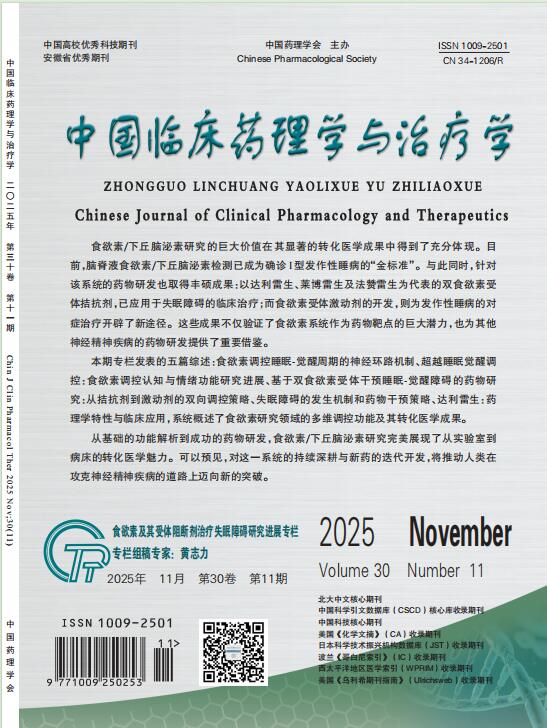AIM: To explore the improvement effect and mechanism of crocin on cognitive impairmrnt of Alzheimer's disease (AD) rats. METHODS: The hippocampus of SD rats were injected with Aβ 25-35 to establish AD model, then rats were randomly divided into AD group, AD+ low, medium, high dose of crocin groups (10, 20, 40 mg/kg) and AD + donepezil group (1 mg/kg), intraperitoneal injection treatment for 4 weeks, set sham group. Dark avoidance test and water maze test were used to evaluate the learning and memory abilities of rats, ELISA was used to detect serum Aβ content, HE staining and Tunel staining were used to determine pathological changes and neuronal apoptosis of hippocampus of rats, immunohistochemistry was used to detect the expression of Brdu, Dcx and NeuN in hippocampus of rats, and Western blot was used to detect the protein expression of Aβ, DKK3, β-catenin, p-GSK-3β/GSK-3β, Caspase-3, Bax, Bcl-2 in hippocampus of rats. RESULTS: Compared to sham group, the learning and memory abilities of AD group rats were decreased, serum Aβ content increased, the pathological change in hippocampus was serious, neuronal apoptosis was increased, the expression of Brdu, Dcx, NeuN were decreased, the protein expression of Aβ, DKK3, p-GSK-3β/GSK-3β, Caspase-3, Bax were increased, protein expression of β-catenin, Bcl-2 were decreased (P<0.01). Compared to AD group, after the treatment of doses of crocin and donepezil, the learning and memory abilities of AD rats were improved, serum Aβ content were increased, and the pathological change in hippocampus were alleviated, neuronal apoptosis were reduced, the expression of Brdu, Dcx, NeuN were decreased, the protein expression of Aβ, DKK3, p-GSK-3β/GSK-3β, Caspase-3, Bax were decreased, the protein expression of β-catenin, Bcl-2 were increased, notely, dose-dependent effect of crocin was significant. CONCLUSION: Crocin reduced neuronal apoptosis and mediated DKK3 to regulate GSK-3β/β-catenin pathway to improve the cognitive impairment of AD rats.


